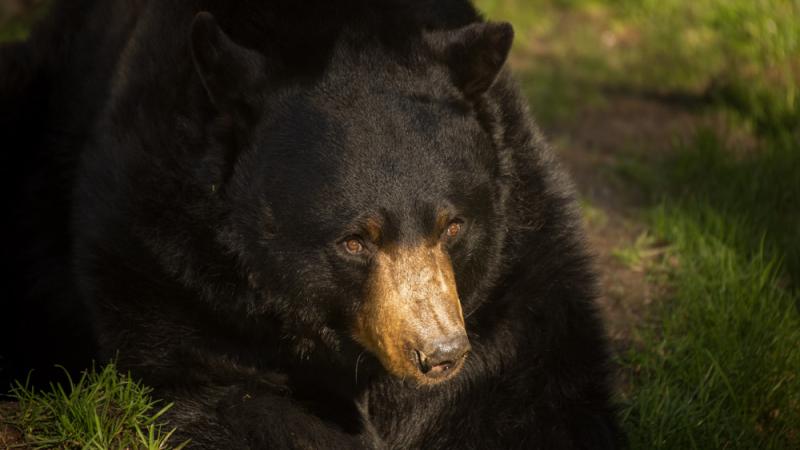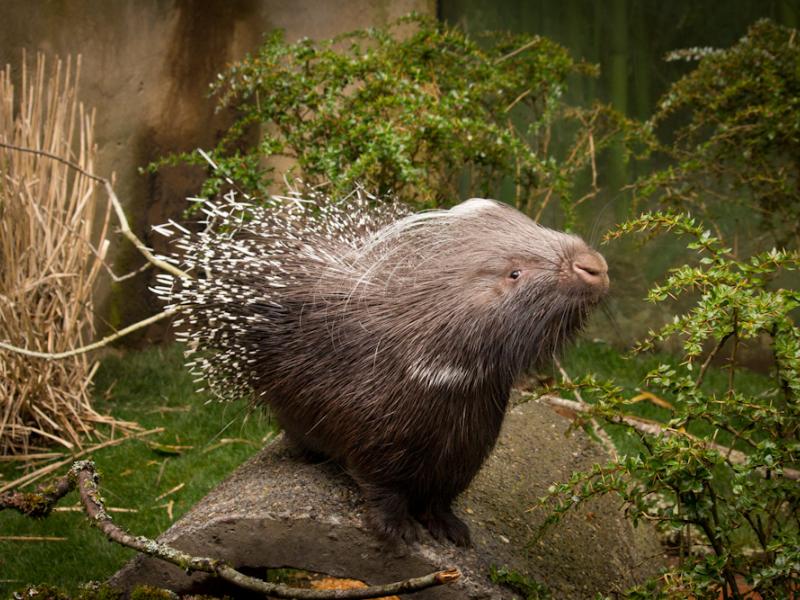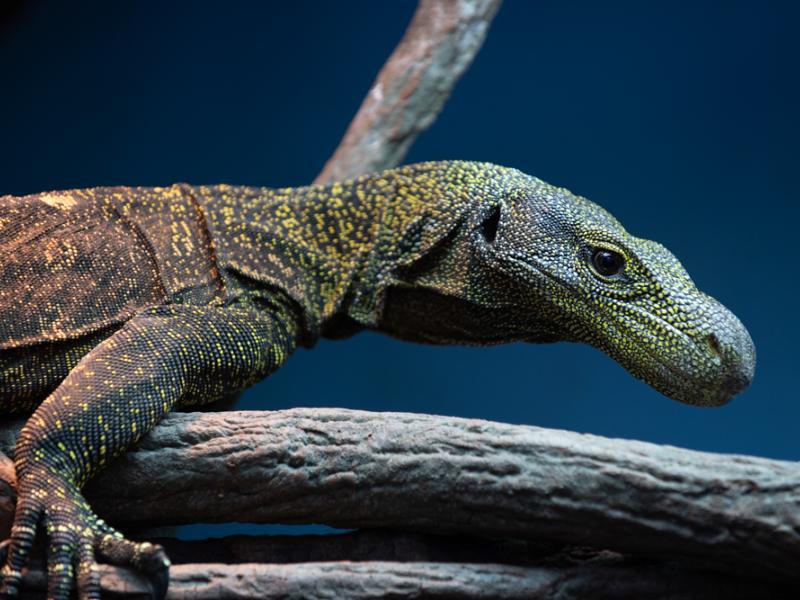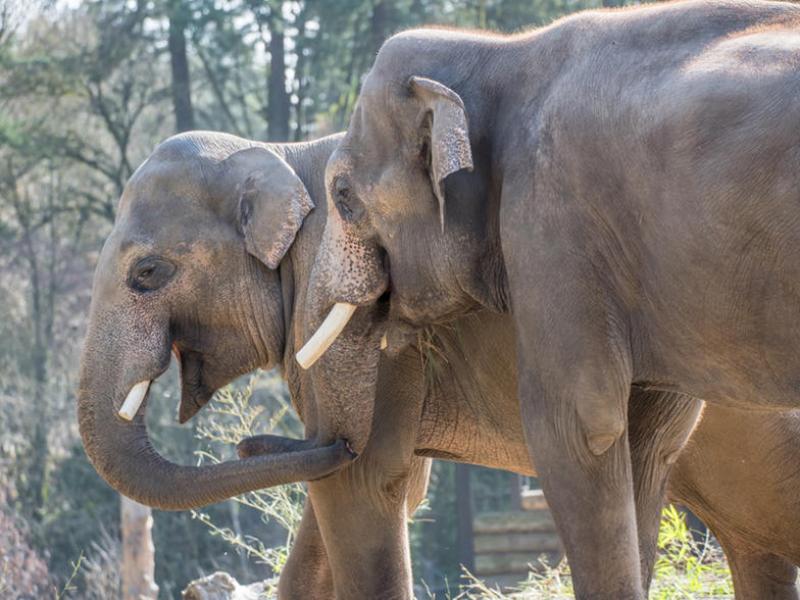
Black bears are found throughout Canada, the United States, and the northern half of Mexico. They prefer remote, inaccessible areas. They are extremely adaptable and show a great variation in habitat types, though they are primarily found in forested areas with thick ground vegetation and an abundance of fruits, nuts, and vegetation.
The Life of a Black Bear
Black bears are the smallest bears native to North America. Males weigh up to 600 pounds, and females up to 200 pounds. In spite of their name, their fur can be yellow-brown, cinnamon or grey-blue, usually depending on their home location. Their muzzles tend to be lighter than the rest of their fur.
Black bears are opportunistic omnivores—that is, they will eat whatever is available, from plants, nuts and berries to small mammals and carrion. Their diet varies with season and location. Their teeth are adapted to this widely varied diet, with huge canine teeth to rip meat off bones and flat molars to chew plants and nuts. If food is scarce in winter, they can slow their metabolism and spend months sleeping in a den.
Black bears have a keen sense of both smell and hearing, and communicate with body and facial expressions, sounds and touch. Scent markings communicate territory boundaries to other bears. Black bears breed between June and July, but the fertilized eggs do not implant in the female's womb until November. They then develop quickly over the course of 10 weeks. The mother is usually in a den hibernating when her litter of 1 to 5 cubs is born in January or February.
Cubs weigh less than a pound at birth and are born naked and blind. Safe in the den, the cubs are nursed throughout the winter, and emerge with their mother in spring weighing a more robust 4.5 to 11 pounds. They stay with their mother until they are about 17 months old.
Black bears live 10 to 20 years.
American Black Bear conservation
Black bears once lived in larger numbers throughout North America, but hunting and agriculture have driven them into heavily forested areas. In their current locations, black bears are numerous and thriving, but they continue to be threatened by habitat destruction, poaching and motor vehicle accidents.
American Black Bears at the Oregon Zoo
The zoo’s black bears live in Black Bear Ridge. Their diet includes red meat, fish, fruit, vegetables, fresh greens, and omnivore chow.




